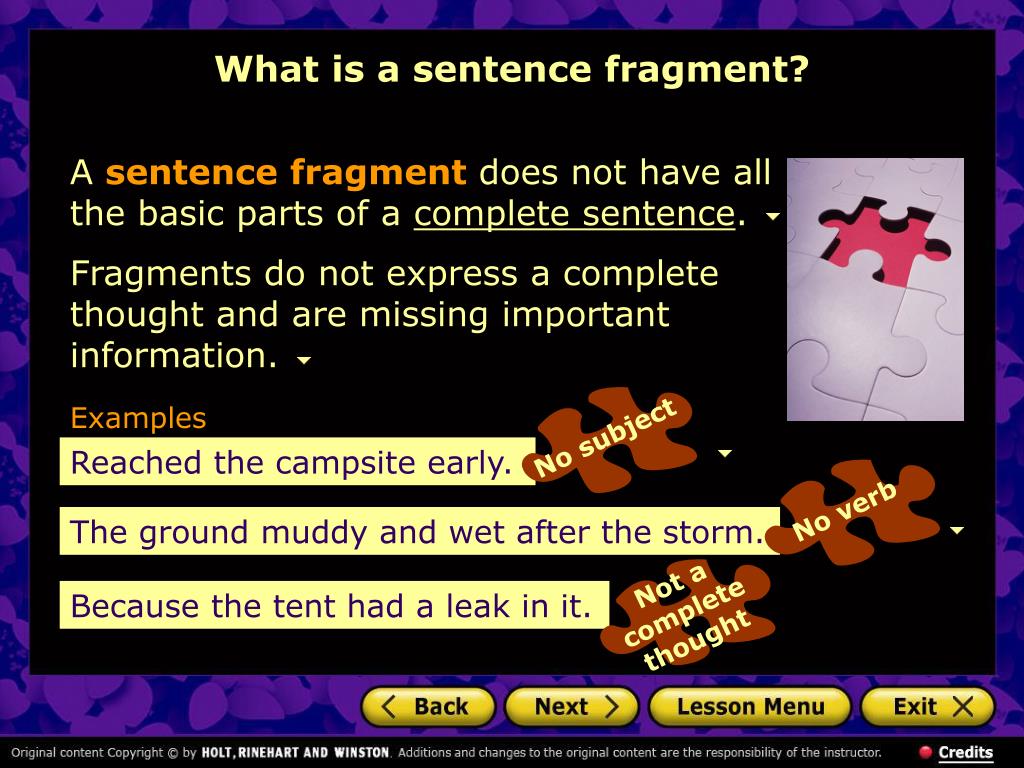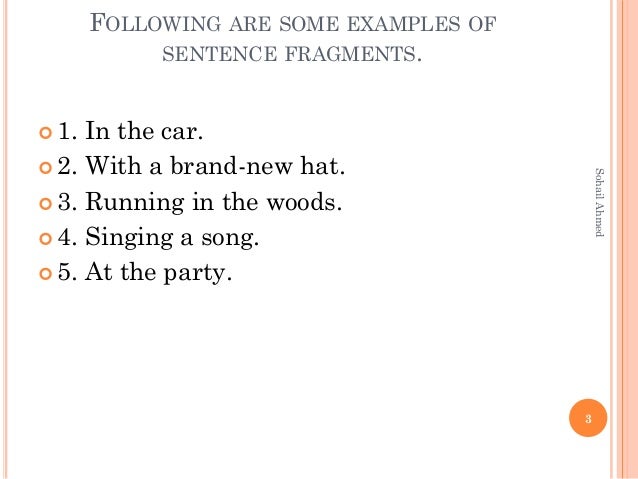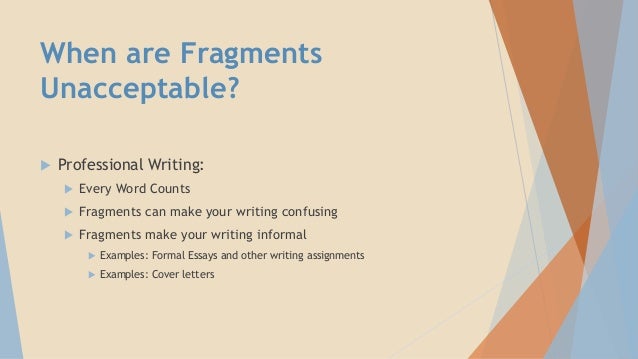

#Fragment examples code
Typically this is where most of the interesting code is. These keywords surround portions of HLSL code within the vertex and fragment Inside Pass typically setup fixed function state, for example Interact with lighting might need more (see Many simple shaders use just one pass, but shaders that PassĮach SubShader is composed of a number of passes, andĮach Pass represents an execution of the vertex and fragment codeįor the same object rendered with the material of the shader. In this tutorial we’re not much concerned with that, so all our Primarily used to implement shaders for different GPU capabilities. SubShaderĪ Shader can contain one or more SubShaders, which are There is a single texture property declared. (textures, colors etc.) that will be saved as part of the Material,Īnd displayed in the material inspector. The Properties block contains shader variables You can use forward slash characters “/” to place your shader in sub-menus when selecting your shader in the Material inspector. The Shader command contains a string with the name of Let’s see the main parts of our simple shader. This initial shader does not look very simple! But don’t worry, O.vertex = UnityObjectToClipPos(v.vertex) The shader starts off with this code: Shader "Unlit/NewUnlitShader" The shader code will open in your script editor (MonoDevelop or Visual Studio). To begin examining the code of the shader, double-click the shader asset in the Project View. You use the Scene View to select and position scenery, characters, cameras, lights, and all other types of Game Object. With these things set up, you can now begin looking at the shader code, and you will see the results of your changes to the shader on the capsule in the Scene View An interactive view into the world you are creating. More info See in Glossary component’s Materials slot. Alternatively, select the object, and in the inspector make it use the material in the Mesh Renderer A mesh component that takes the geometry from the Mesh Filter and renders it at the position defined by the object’s Transform component. More info See in Glossary or the Hierarchy views.

In each Scene, you place your environments, obstacles, and decorations, essentially designing and building your game in pieces. Think of each unique Scene file as a unique level. More info See in Glossary object in either the Scene A Scene contains the environments and menus of your game. Nurbs, Nurms, Subdiv surfaces must be converted to polygons. Unity supports triangulated or Quadrangulated polygon meshes. Meshes make up a large part of your 3D worlds. Now drag the material onto your mesh The main graphics primitive of Unity. The material inspector will display a white sphere when it uses this shader. More info See in Glossary, or just drag the shader asset over the material asset in the Project View. Make the material use the shader via the material’s inspector A Unity window that displays information about the currently selected GameObject, asset or project settings, allowing you to inspect and edit the values. Or other types, for example a basic surface shader A streamlined way of writing shaders for the Built-in Render Pipeline. Other entries in the Create > Shader menu create barebone shaders

This creates a basic shader that just displays a texture without any lighting. More info See in Glossary > Unlit Shader from the menu in the Project View. Select Create > Shader A program that runs on the GPU.

Now create a new Shader asset in a similar way. A new material called New Material will appear in the Project View. More info See in Glossary from the menu in the Project View. Double-click the Capsule in the Hierarchy toįocus the scene view on it, then select the Main Camera object and click Game object > Align with ViewĬreate a new Material by selecting Create > Material An asset that defines how a surface should be rendered. Then position the camera so it shows the capsule. More info See in Glossary > Capsule in the main menu. Select Game Object > 3D Object A 3D GameObject such as a cube, terrain or ragdoll. The first step is to create some objects which you will use to test your shaders. More info See in Glossary demonstrate the basics of writing custom shaders, and cover common use cases.įor information on writing shaders, see Writing shaders. Unity lets you choose from pre-built render pipelines, or write your own.
#Fragment examples series
These example shaders for the Built-in Render Pipeline A series of operations that take the contents of a Scene, and displays them on a screen.


 0 kommentar(er)
0 kommentar(er)
